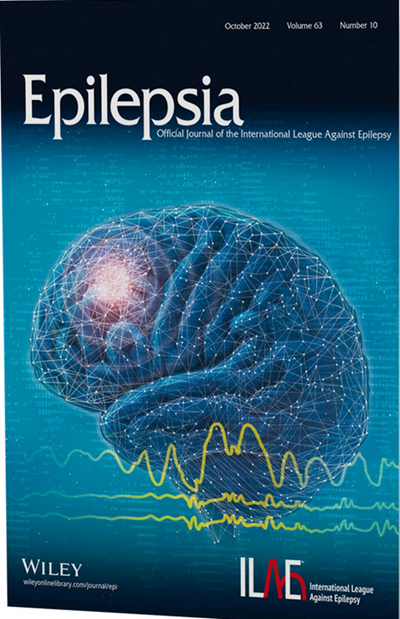Effectiveness of sodium channel blockers in treating neonatal seizures due to arterial ischemic stroke
Abstract
Objective
Few studies have evaluated the efficacy of antiseizure medications (ASMs) according to the etiology of neonatal acute provoked seizures. We aimed to investigate the response to ASMs in term/near term neonates with acute arterial ischemic stroke (AIS), as well as the type of seizure at presentation and the monitoring approach.
Methods
We retrospectively evaluated neonates from 15 European level IV neonatal intensive care units who presented with seizures due to AIS and were monitored by continuous electroencephalography (cEEG) and/or amplitude-integrated EEG (aEEG) in whom actual recordings, timing, doses, and response to ASMs were available for review.
Results
One hundred seven neonates were referred, and 88 were included. Of those, 56 met the criteria for evaluating the treatment response. The mean time to treatment was 7.9 h (SD = 16.4), and the most frequently administered first-line ASM was phenobarbital (PB; 74/88, 84.1%). Seizures were controlled within 24 h from onset of symptoms in 64.3% (36/56) of neonates. Phenytoin (PHT) was effective in almost all neonates in whom it was trialed (24/25, 96.0%), whereas PB was effective in only 22.0% of patients (11/50). Infants treated with PB or PHT as first-line treatment (53/56, 94.6%) showed a higher response rate with PHT (6/6, 100.0%) than with PB (11/47, 23.4%). Monitoring approach and seizure types were evaluated in 88 infants. Forty-six of 88 (52.3%) were monitored with cEEG and 47.7% (42/88) with aEEG, with or without intermittent cEEG. The mean monitoring duration was 65.8 h (SD = 39.21). In 83 of 88 (94.3%) infants, the type of seizure suspected clinically prior to monitoring was confirmed afterward. Unilateral focal clonic seizures were seen in 71 of 88 infants (80.7%), whereas 11 of 88 (12.5%) presented with ictal apneas.
Significance
Our findings provide evidence in a large, homogenous cohort that PHT is more effective than PB in treating neonatal acute symptomatic seizures due to AIS.

 求助内容:
求助内容: 应助结果提醒方式:
应助结果提醒方式:


